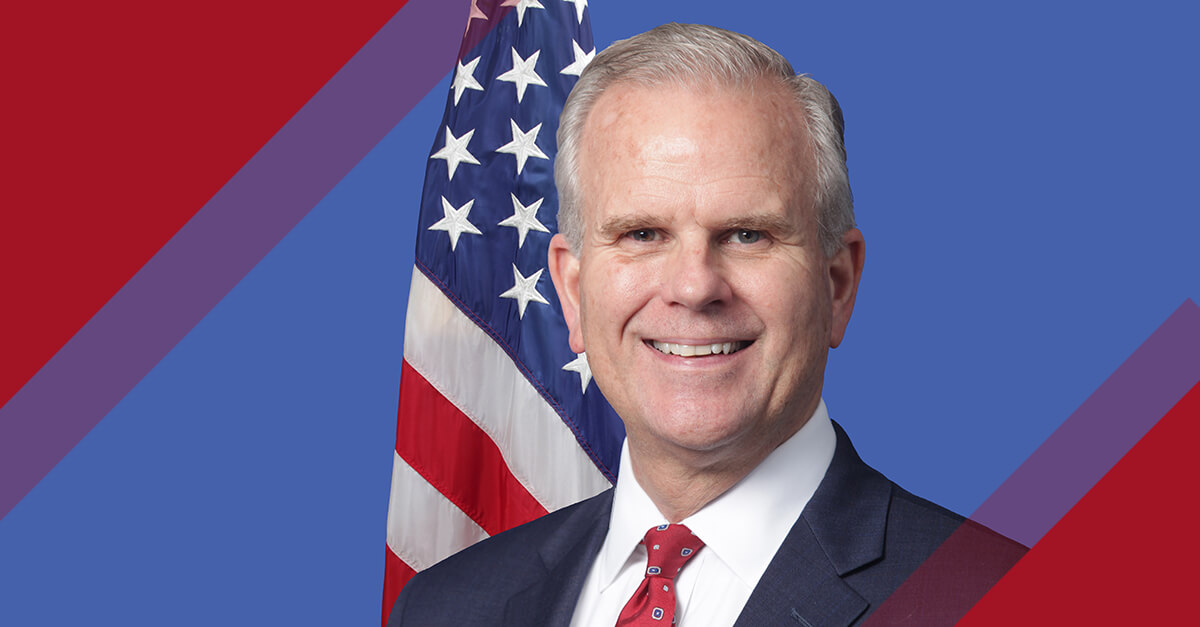
June 25, 2020
In the coming days, the FAA will release a restart and recovery plan for the U.S. aviation industry that acknowledges any revival from the COVID-19 pandemic to a “new normal” will be gradual, the agency’s Deputy Administrator Dan Elwell told members of the Aero Club of Washington, DC, during a June 24 virtual event.
Elwell noted that the agency will ensure that the unwinding of temporary measures adopted to relieve stress on the country’s healthcare system and limit the spread of the virus among the aviation community – such as exemptions on certain airmen medical certificates – will not adversely impact operations.
“We have learned an awful lot during the past few months, and one of the key lessons is that recovery is something that demands patience and flexibility,” said Elwell. “Returning to a normal aviation operation will not be immediate, and it will also require practice, with new adjustments.
“None of us can claim to know exactly what the new normal is going to look like but we are starting to see a gradual recovery of the system… and as traffic returns we will make the necessary adjustments to ATC facility hours,” he noted.
The FAA has adapted to the pandemic by placing about one-third of its controllers in reserve to accommodate the impact of the pandemic on tower staff, but this reserve will be reintegrated into the workforce when operations in the national airspace system approach 50%, Elwell added.
The FAA has been pivotal to maintaining safe and effective operations during the first, crucial months of the pandemic, issuing temporary exemptions and extensions – including those NBAA requested for the business aviation community – in part, so that the sector could continue its vital role supporting the country’s medical relief efforts. While some of these temporary measures are scheduled to expire at the end of June, Elwell was clear that the FAA will endeavor to maintain operations.
“We’ve created something like 80 different mitigation measures, [but] I think it’s much more challenging, and takes a lot more of our skill and leadership to unwind that in a restart,” he said. “We are utilizing all of our expertise to make sure that we do this in a very thoughtful, methodical way, so that the stakeholders can come out of this in a way that isn’t too sudden or abrupt, or causes unintended consequences.”
Elwell said that the restart and recovery plan, while specific to the U.S., will conform with the ICAO Council Aviation Recovery Task Force’s (CART’s) recently published “Guidance for Air Travel through the COVID-19 Public Health Crisis,” which the FAA helped develop. “Think of the ICAO CART document as an umbrella document for the world,” Elwell explained. “A number of countries have put out their own guidance trying very hard to harmonize their individual state guidance with the CART umbrella.”
“The FAA is proud of how the industry has stood up [during the pandemic]…and if you look at the ICAO CART document, it is very strong on state sovereignty and guidance as opposed to mandates. As [FAA Administrator] Steve [Dickson] said in his testimony last week, [DOT] Secretary [Elaine] Chao has been clear she does not want the heavy hand of government regulation to guide this. We’re counting on [industry] to do what’s right and what’s right now at this point is following the phase structure and following CDC guidance,” said Elwell.


 International Business Aviation Council Ltd.
International Business Aviation Council Ltd.